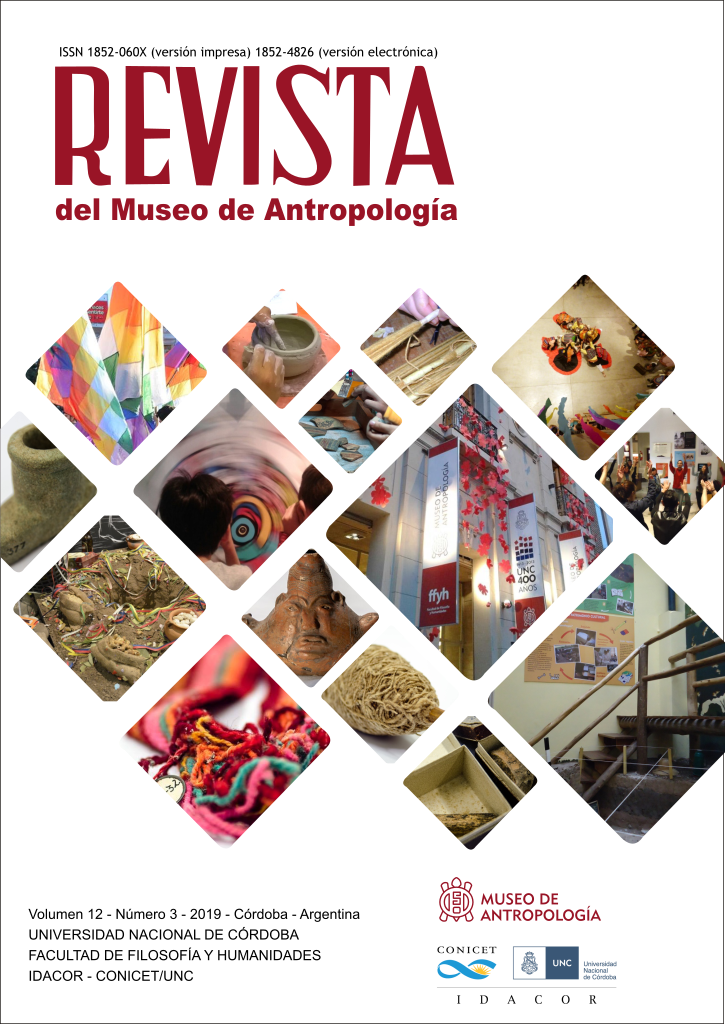A partner for different worlds
DOI:
https://doi.org/10.31048/1852.4826.v12.n3.27106Keywords:
Marit MelhuusAbstract
When Marit and I began studying anthropology in the early 1970s, our main objective was not to prepare for a well-paid job and a safe and comfortable life. We had bigger plans, we wanted to change the world, make a difference, and make the world a better place. We not only relied on our own abilities, but also on the potentialities of anthropology for all this. We aspire to demonstrate the social and practical relevance of anthropological research. Marit and I had a common interest in Latin America and we had both prepared to do field work there learning Spanish. In the 1970s the Research Council of Norway established a line of student scholarships to carry out studies in the so-called “non-European cultures”. I obtained this scholarship (19,000 Norwegian crowns) to do field work on a new agrarian movement, the Agricultural Leagues in Argentina with Eduardo Archetti. The following year, Marit obtained another scholarship to study the processes of change in the Mapuche people of southern Chile. Due to the military coup in Chile, precisely on her birthday, on September 11, 1973, she was forced to change plans. By then, Eduardo and I were doing field work among cotton settlers in the north of the province of Santa Fe, and we motivated Marit and Svein Duus that he was going to do field work with her, to come to Argentina to do field in Corrientes, a region that also had strong agricultural leagues but with a socio-economic reality very different from that of Santa Fe.
Downloads
References
N/D
Downloads
Published
Issue
Section
License
Those authors who have publications with this Journalaccept the following terms:
a. Authors will retain their copyrights and guarantee the journal the right of first publication of their work, which will be simultaneously subject to the Creative Commons Attribution License (Licencia de reconocimiento de Creative Commons) that allows third parties to share the work as long as its author and his first publication in this journal.
b. Authors may adopt other non-exclusive licensing agreements for the distribution of the version of the published work (eg, deposit it in an institutional electronic file or publish it in a monographic volume) provided that the initial publication in this journal is indicated.
c. Authors are allowed and recommended to disseminate their work on the Internet (eg in institutional telematic archives or on their website) before and during the submission process, which can lead to interesting exchanges and increase citations of the published work. (See The Effect of Open Access - El efecto del acceso abierto)












